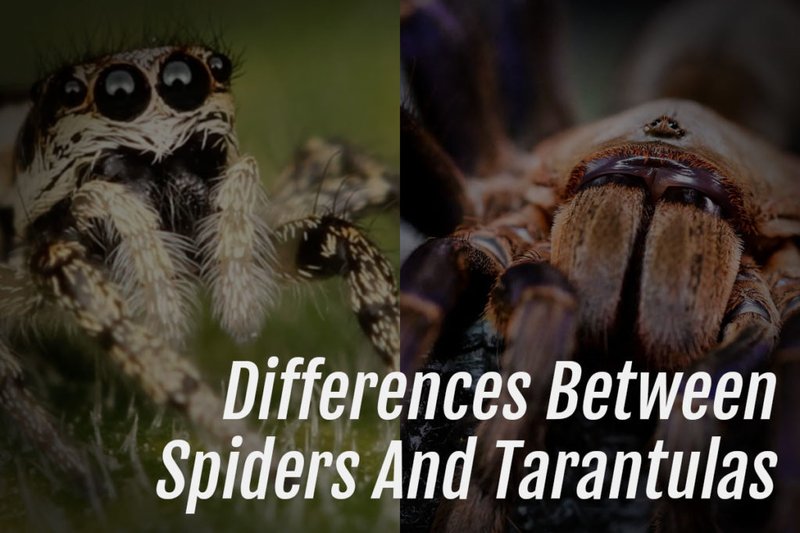
Imagine the Skeleton Tarantula as the sleek, dark racer of the tarantula world. With its unique coloring and notable behaviors, it catches the eye, much like that shiny car zooming past. In this article, we’ll dive deep into the differences between the Skeleton Tarantula and other tarantulas, exploring their appearances, habits, and habitats. This way, whether you’re a budding arachnologist or just a curious onlooker, you’ll have a solid grasp of what makes these spiders tick.
What is a Skeleton Tarantula?
The Skeleton Tarantula, scientifically known as Haplopelma lividum, is native to Southeast Asia. It’s often recognized by its strikingly bold colors—think metallic blues and greens against a darker backdrop—that resemble skeleton markings. This species is a burrowing tarantula, meaning it spends a lot of its time underground, creating intricate tunnel systems.
What sets the Skeleton Tarantula apart is not just its looks but also its behavior. While many tarantulas are relatively docile and content to be handled, the Skeleton Tarantula tends to be a bit more skittish and defensive. It prefers to bolt into its burrow at the first hint of danger. This makes it less suitable for beginners who might want to interact closely with their pet spider.
Appearance: How Does It Look?
When it comes to appearance, the Skeleton Tarantula is quite a head-turner. Its coloration is its most striking feature, often compared to a piece of abstract art. While many tarantulas flaunt a fuzzy brown or black exterior, the Skeleton Tarantula boasts a more vibrant palette, making it a favorite among enthusiasts.
Most tarantulas are covered in dense hairs called urticating hairs, which serve as a defense mechanism. The Skeleton Tarantula also has these hairs, but they are often less noticeable due to its unique sheen. If you think about it, it’s like wearing a sleek suit of armor—both stylish and functional. Plus, it usually grows to about 5–6 inches in leg span, making it a relatively medium-sized tarantula.
Behavior: What Sets Them Apart?
Here’s the thing: behavior is where the Skeleton Tarantula really shines—or hides, depending on how you look at it. Many tarantulas are known for their calm demeanor, especially when they’re kept in captivity. In contrast, the Skeleton Tarantula can be quite reclusive and defensive, often preferring to retreat into its burrow when approached.
One behavior that catches the attention of enthusiasts is its burrowing pattern. While most tarantulas will create a webbed structure to live in, the Skeleton Tarantula digs deep tunnels where it feels safest. This underground lifestyle means it’s less visible than other tarantulas. If you’re hoping to see a lot of action, this one might be a bit of a letdown.
Habitat: Where Do They Come From?
The Skeleton Tarantula is primarily found in the tropical forests of Southeast Asia, particularly in Myanmar. These lush habitats provide the perfect environment for burrowing and hunting. Unlike some of its relatives, which can be found in various environments ranging from deserts to grasslands, this tarantula thrives in moisture-rich, rainforest conditions.
In contrast, many other tarantulas, like the Mexican Redknee, prefer drier, arid climates. This difference in habitat leads to distinct adaptations. The Skeleton Tarantula has evolved to navigate the complex underground chambers while other species have developed traits to survive in open, exposed environments.
Feeding Habits: What Do They Eat?
Like most tarantulas, the Skeleton Tarantula is a carnivore, primarily preying on insects. Its diet may include crickets, roaches, and other small arthropods. Here’s something interesting: while many tarantulas wait for their prey to come to them, the Skeleton Tarantula will venture out of its burrow to hunt if necessary.
In contrast, other tarantulas might stick to ambushing their prey from the comfort of their webs or burrows. This hunting style not only shows the Skeleton Tarantula’s unique adaptability but also its confidence in the wild. If you ever get to observe one feeding, you’ll notice its powerful fangs, which it uses to inject venom into its catch before consuming it.
Handling and Care: Is It For Everyone?
Now, you might be wondering if the Skeleton Tarantula is a good pet. While it can be a captivating addition to a collection, it’s not the best choice for beginners. Their skittish nature means they can be quick to flee or bite if they feel threatened. If you’re someone who wants to hold and interact with your tarantula, you might be better off with a species that’s known for its calmer demeanor, like the Chilean Rose Tarantula.
If you do decide to take on a Skeleton Tarantula, make sure to provide a spacious enclosure with plenty of substrate for burrowing. Keep the environment humid, and offer a varied diet to keep your tarantula healthy. Remember, the key to a happy tarantula is understanding its unique needs and respecting its space.
Comparing Lifespan: How Long Do They Live?
Lifespan can vary dramatically between different tarantula species. The Skeleton Tarantula can live for around 10–15 years in captivity with proper care. In comparison, some species, like the Brazilian Black Tarantula, can live even longer—up to 20 years!
You might think, “Why does lifespan matter?” Well, if you’re investing time and effort into caring for these creatures, knowing how long to expect companionship is essential. It can also affect your decision on which species to consider, especially if you’re looking for a long-term pet.
Final Thoughts: Choosing Your Tarantula
So, there you have it—the distinctive qualities that make the Skeleton Tarantula different from other tarantulas. From its vibrant appearance and burrowing habits to its unique defensive behaviors, it certainly carves out a niche in the tarantula world.
If you’re considering adding a tarantula to your life, think carefully about the species that suits your lifestyle best. Whether you lean toward the Skeleton Tarantula for its beauty or choose a more docile species for ease of care, remember that every spider has its own charm. Happy spider hunting!

